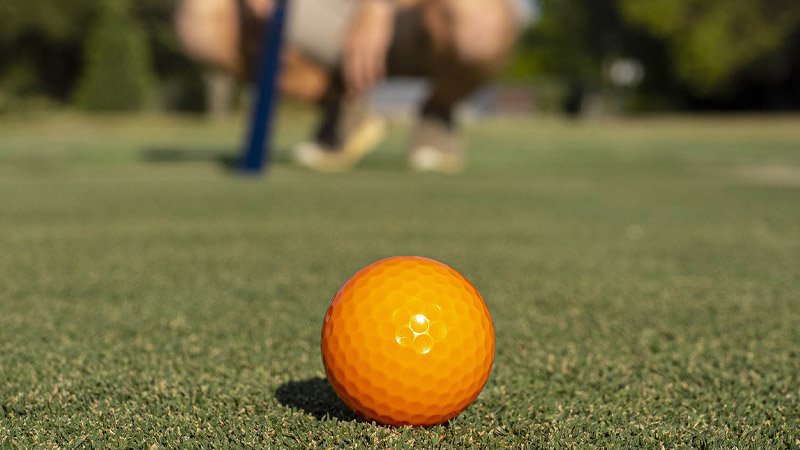
Researchers at Oklahoma State University have developed two new Bermudagrasses, including one scientists say will be the best-available winter option for use on golf course putting greens.
OKC1876 and OKC3920 are crosses between common Bermudagrass and African Bermudagrass and will be commercially available within two to four years. Once available, they will represent ninth and 10th turf bermudagrass varieties to be released for commercial use by Oklahoma State turfgrass breeders since 1991.
According to Oklahoma State turf breeder Yanqi Wu, Ph.D., the two new varieties have unique genetic identities due to being crossbred from two different types of Bermudagrass families.
With dark green color, high turf density and fine texture, OKC1876 exhibits high visual quality, improved drought and wear tolerance, excellent fall color, reduced seedhead production and widespread adaptability.
Turfgrass quality under drought stress data from the National Turfgrass Evaluation Program shows that OKC1876 was comparable to TifTuf, researchers say.
"It is recommended for use on golf courses, lawns and other areas where high quality turfgrass is needed and good management can be practiced in the southern states," Wu said.
OKC3920, developed for use on putting greens, shows best-in-class freeze tolerance, and it demonstrates high turfgrass quality comparable to ultradwarf cultivars.
The cultivar also shows good establishment characteristics, fine texture, early spring green up, dark green color and ball roll distance similar to that of an ultradwarf Bermudagrass. OKC3920 was tested at 19 locations in 15 states.
Because they have three sets of chromosomes instead of two or four sets, OKC3920 and OKC1876 reproduce vegetatively, or asexually. In the turfgrass industry, that's a good thing.
"Sod producers can grow Bermudagrass quickly and at relatively low cost, but they can grow OKC3920 even faster due to its reproductive capabilities," Wu said.
OKC3920 has improved cold hardiness and disease and pest resistance compared to top varieties. Its genetic color and leaf texture were comparable to TifEagle, Tifdwarf and Mini Verde. Turf density is comparable to many ultradwarf Bermudas.
"This grass is a scientific breakthrough because in the industry right now, concerning putting green Bermudagrasses, we only have ultradwarf types, and ultradwarfs do not have cold hardiness. OKC3920 has proven resistant to winterkill," Wu said. "That is why this grass stands out so strongly. Winter hardiness has traditionally been a signature of our OSU turfgrass development program."
Traditionally, Oklahoma State Bermudagrass releases have shown improved cold hardiness with each new variety. However, the focus of breeding behind OKC1876 was for improved drought resistance and fall color retention.
Other researchers involved in the development of these new turfgrass varieties include Dennis Martin, Justin Quetone Moss, Charles Fontanier and Nathan Walker.

